Cellular Organelles and the Extracellular Matrix
This volume is in two parts. The first contains the remaining chapters on cellular organelles and several chapters relating to organelle disorders. An account of mitochondriopathis is given in the chapter on the mitochondrion rather than in a separate one. The subject matter of this part of the volume shows quite clearly that the interdisciplinary approach to the study of organelles has shed considerable light on the nature of the mechanisms underlying the etiology and pathobiology of many of these disorders. As an example, mutations in the genes encoding integral membrane proteins are found to lead to disturbances in peroxisome assembly. It is also interesting and significant that mistargeting of protein is now thought to be another cause. It will be revealing to see whether mistargeting is the result of mutations in the genes encoding chaperones.The second part of the volume is concerned with the extracellular matrix. It sets out to show that a vast body of new knowledge of the extracellular matrix is available to us. Take for example the integrin family of cell adhesion receptors. It turns out that integrins play a key role not only in adhesion but also in coupling signals to the nucleus via the cytoskeleton. As for fibronectins, they seem to link the matrix with the cytoskeleton by interacting with integrins.Collagen molecules are dealt with in the last two chapters.
{{comment.content}}
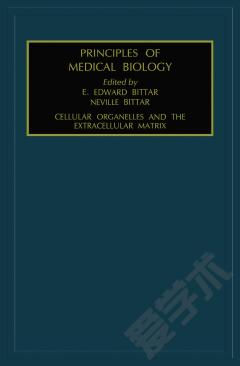
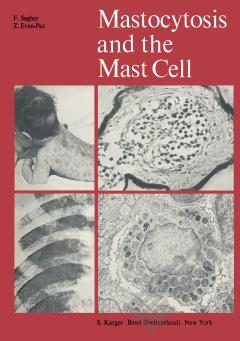

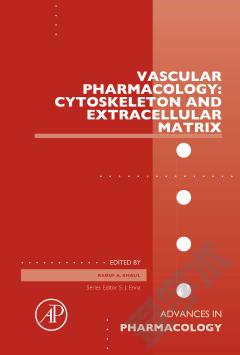
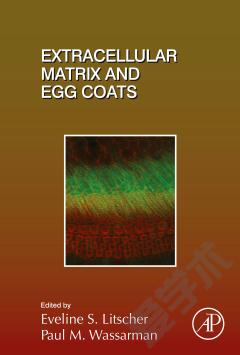
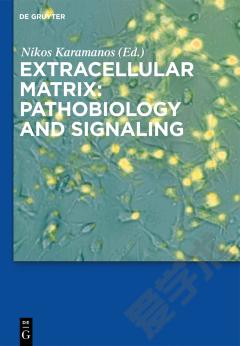
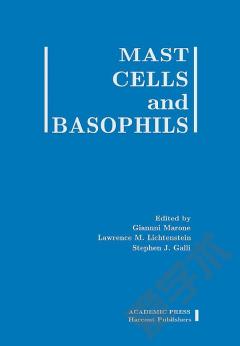

 京公网安备 11010802027623号
京公网安备 11010802027623号